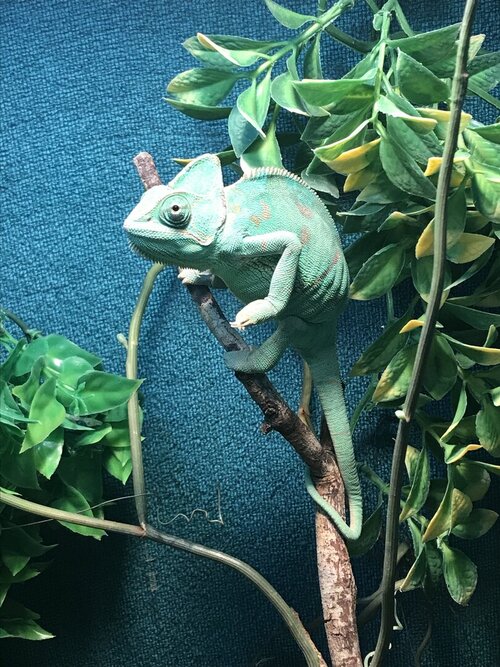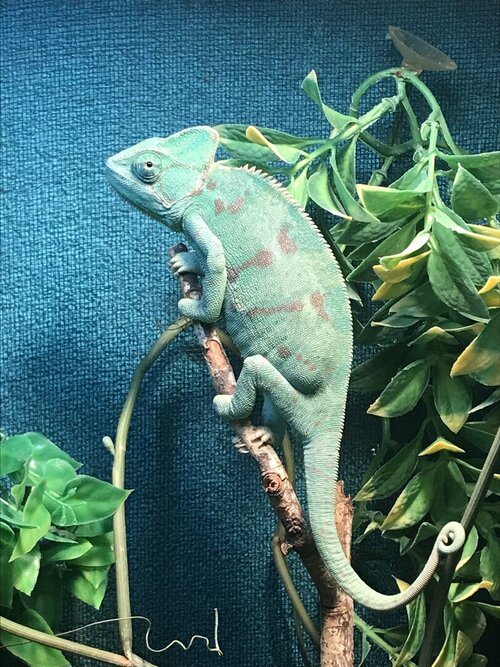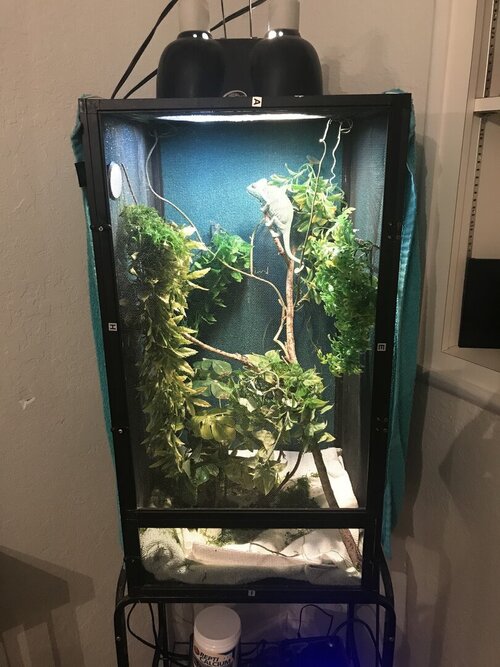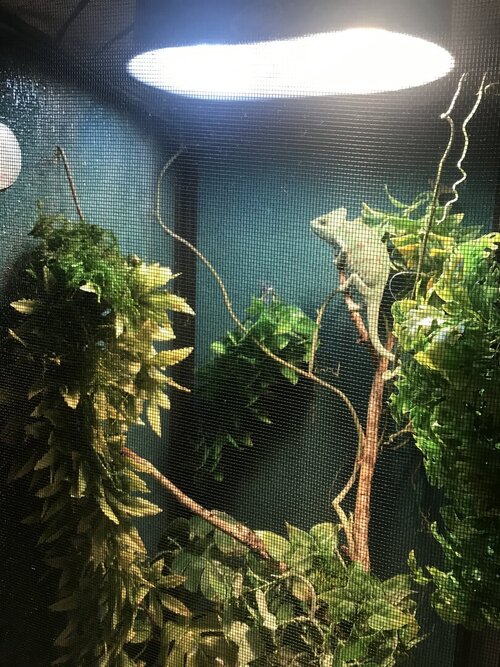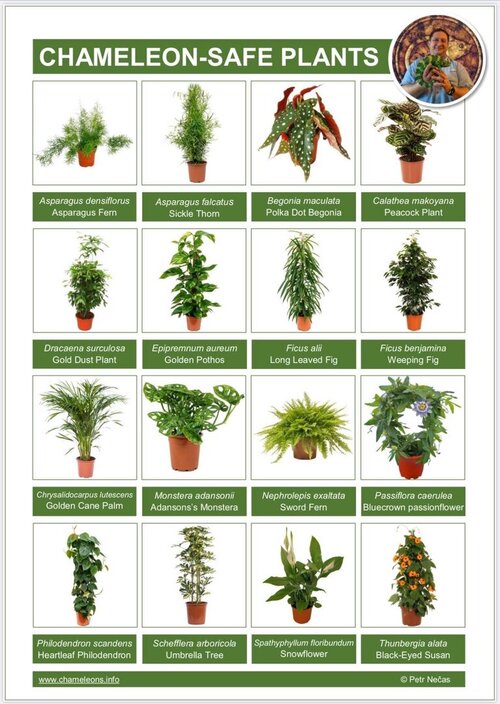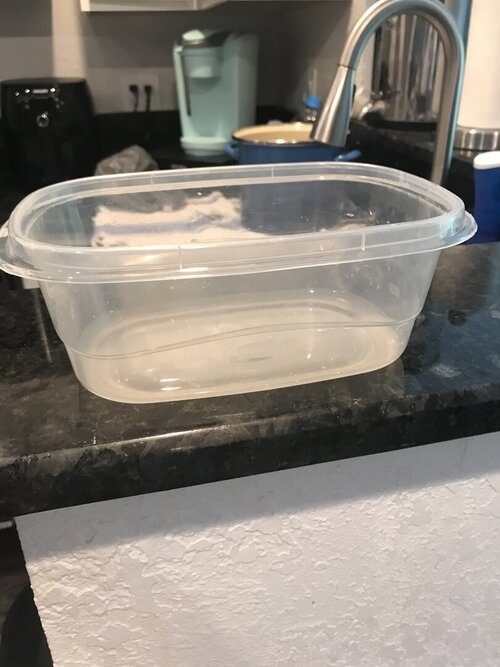veiledmav
Established Member
I’ve had my male chameleon for about a year and i have always been confused on how much to feed him. I give him about ten crickets each morning and i’m worried that he might be overweight. Does anyone have any suggestions on a good diet and feeding schedule for him?

